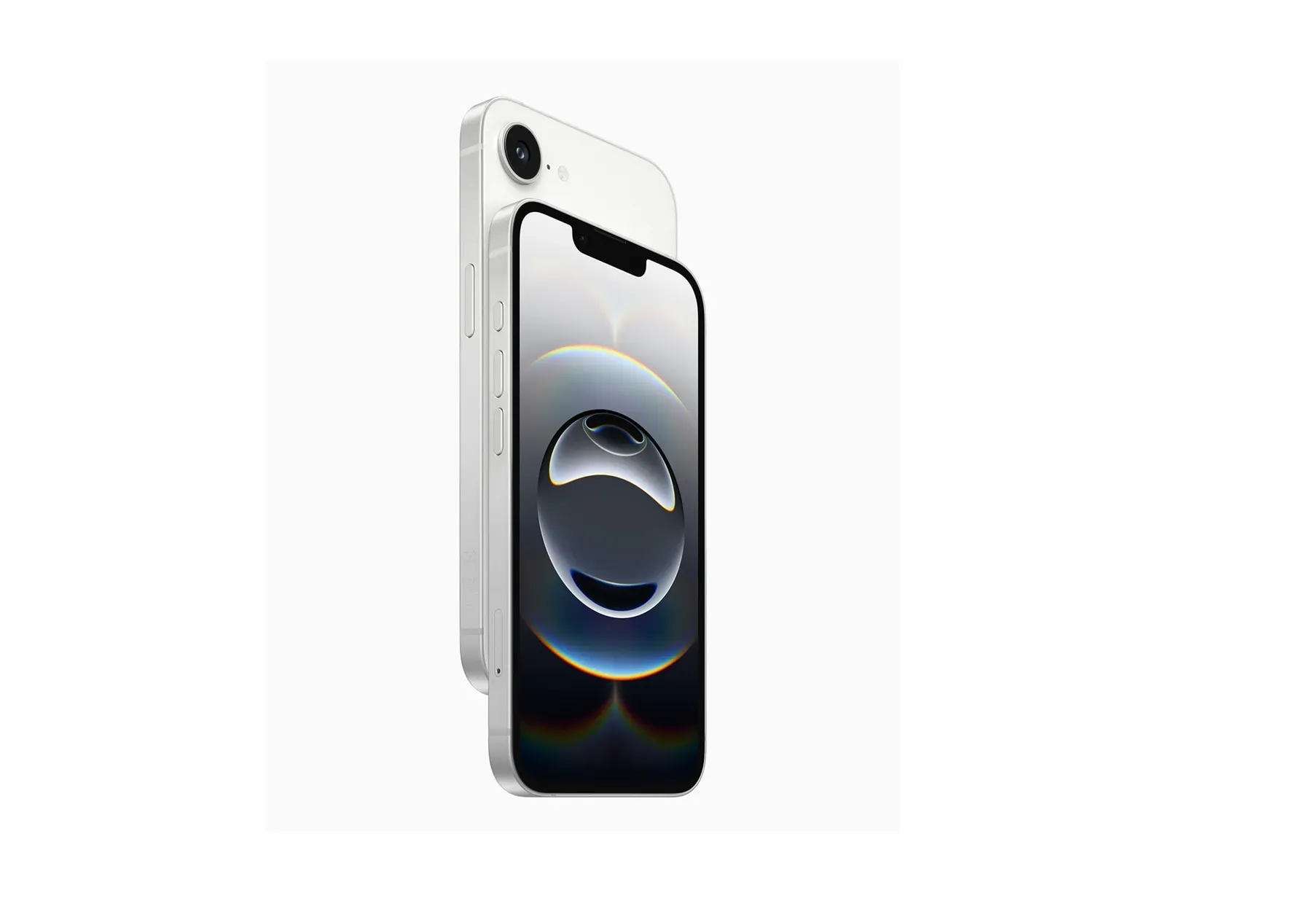The iPhone 16e has officially made its debut, redefining what users can expect from Apple’s mid-range lineup. Positioned as the successor to the iPhone SE 3, the iPhone 16e brings a wave of modern features that elevate the user experience. With a sleek design, enhanced camera capabilities, and the powerful A18 chipset, it stands out as a formidable contender in the affordable smartphone market. The iPhone 16e release date is set for February 28, 2025, generating buzz among tech enthusiasts eager to explore its cutting-edge features. For those considering an upgrade, the iPhone 16e camera upgrades alone promise to deliver stunning photography that rivals more expensive models.
Apple’s latest offering, the iPhone 16e, marks a significant evolution from the older iPhone SE 3. This new device, often referred to as the budget-friendly iPhone, showcases a fresh aesthetic and a suite of advanced functionalities that cater to modern users. Not only does the iPhone 16e transition to a full-screen design, but it also introduces improved photographic tools and a more powerful processing unit. With its official release just around the corner, phone enthusiasts are keenly comparing the iPhone 16e to its predecessor and wondering how its features stack up against the competition. From design enhancements to upgraded camera technology, the iPhone 16e sets a new standard in the mid-range smartphone category.
iPhone 16e Release Date and Pricing
The iPhone 16e is set to officially launch on February 28, 2025, marking a significant moment for Apple enthusiasts looking for a budget-friendly yet modern smartphone. Available for pre-order starting February 21, 2025, the iPhone 16e comes with a price tag of £599/$599. This is a notable increase compared to the iPhone SE 3’s original price of £429/$429 when it was released. The jump in price reflects the numerous enhancements and features that the iPhone 16e brings to the table, making it a compelling option for those wanting a device that balances cost with advanced technology.
While the iPhone SE 3 is no longer available directly from Apple, it can still be found through various third-party retailers. However, the iPhone 16e is positioned as a spiritual successor and is designed to attract both loyal Apple fans and new users looking for a reliable mid-range device. The pre-order availability and official launch date create a buzz in the market, suggesting that many are eager to see how the iPhone 16e stacks up against its predecessor and other competitors in the same price range.
Frequently Asked Questions
What are the major differences between the iPhone 16e and the iPhone SE 3?
The iPhone 16e features a modern design with a larger 6.1-inch OLED display, while the iPhone SE 3 has a 4.7-inch display. The iPhone 16e also upgrades the camera to a 48MP rear camera with optical image stabilization, compared to the 12MP camera on the SE 3. Additionally, the iPhone 16e uses the A18 chipset for improved performance, whereas the SE 3 is powered by the A15 chipset.
When will the iPhone 16e be released?
The iPhone 16e is available for pre-order starting February 21, 2025, and it will officially release on February 28, 2025.
What are the camera upgrades in the iPhone 16e compared to the iPhone SE 3?
The iPhone 16e features a significant camera upgrade with a 48MP rear camera that includes optical image stabilization, allowing for improved photo quality and 2x digital zoom capabilities. In contrast, the iPhone SE 3 is equipped with a single 12MP rear camera.
Does the iPhone 16e support Face ID instead of Touch ID?
Yes, the iPhone 16e has replaced the Touch ID system with Face ID, allowing users to unlock their device and authenticate payments using facial recognition.
What is the price difference between the iPhone 16e and the iPhone SE 3?
The iPhone SE 3 was priced at £429/$429, while the iPhone 16e is priced higher at £599/$599, reflecting the enhancements and modern features it offers.
How does the display of the iPhone 16e compare to that of the iPhone SE 3?
The iPhone 16e has a larger 6.1-inch OLED display that delivers richer colors and deeper blacks, whereas the iPhone SE 3 has a smaller 4.7-inch display with an LCD panel.
What kind of performance improvements can we expect from the iPhone 16e?
The iPhone 16e is powered by the A18 chipset, providing a significant performance boost over the A15 chipset found in the iPhone SE 3, making it capable of handling modern applications and multitasking more efficiently.
Will the iPhone 16e still have a Lightning port?
No, the iPhone 16e has transitioned from the Lightning port to USB-C, aligning with newer standards for connectivity.
Are there any new features in the iPhone 16e related to gaming and performance?
Yes, the iPhone 16e’s A18 chipset enhances gaming performance and overall speed, making it suitable for modern gaming applications and multitasking.
What are the expected benefits of the iPhone 16e’s larger OLED screen?
The larger OLED screen on the iPhone 16e offers improved color accuracy, deeper blacks, and a more immersive viewing experience compared to the LCD display of the iPhone SE 3.
| Feature | iPhone 16e | iPhone SE 3 |
|---|---|---|
| Price | £599/$599 | £429/$429 |
| Design | Modern full-screen design, rounded corners, USB-C | Dated design, similar to iPhone 8 |
| Biometric Security | Face ID | Touch ID |
| Display | 6.1 inches OLED, 60Hz | 4.7 inches LCD |
| Processor | A18 chipset | A15 Bionic chipset |
| Rear Camera | 48MP, OIS, 2x digital zoom | 12MP |
Summary
The iPhone 16e represents a significant upgrade from its predecessor, the iPhone SE 3, offering modern aesthetics, enhanced performance, and improved camera capabilities. With its competitive pricing and advanced features, the iPhone 16e is poised to attract users looking for a capable mid-range smartphone that meets contemporary demands.










